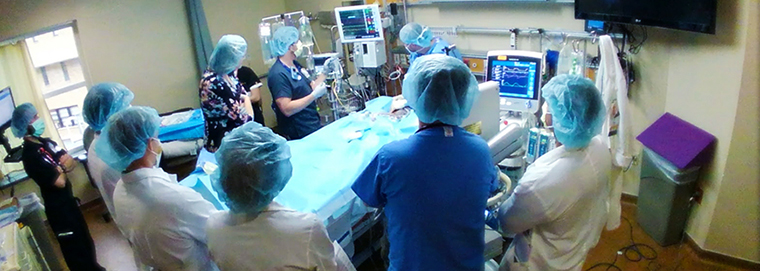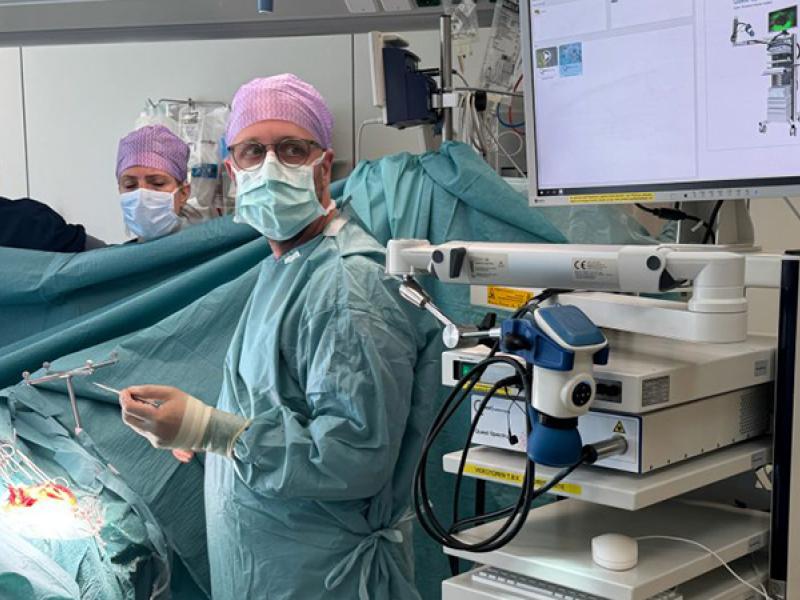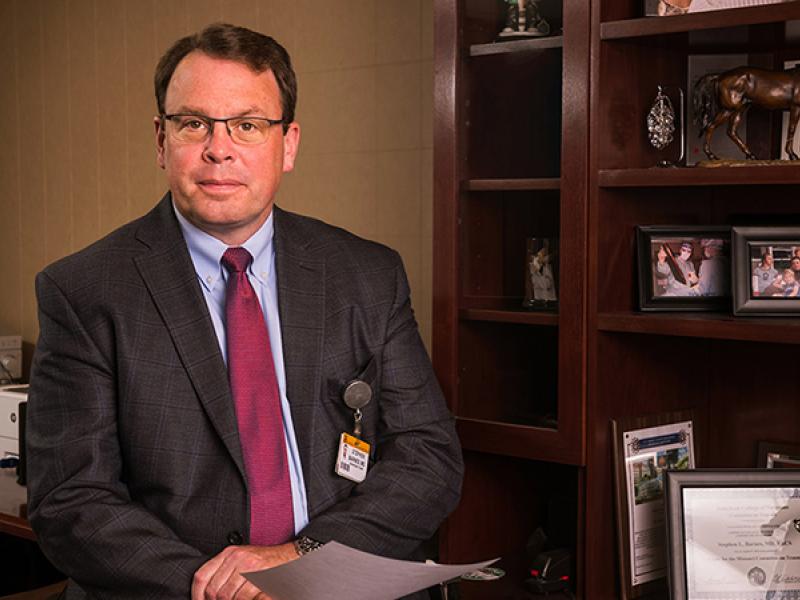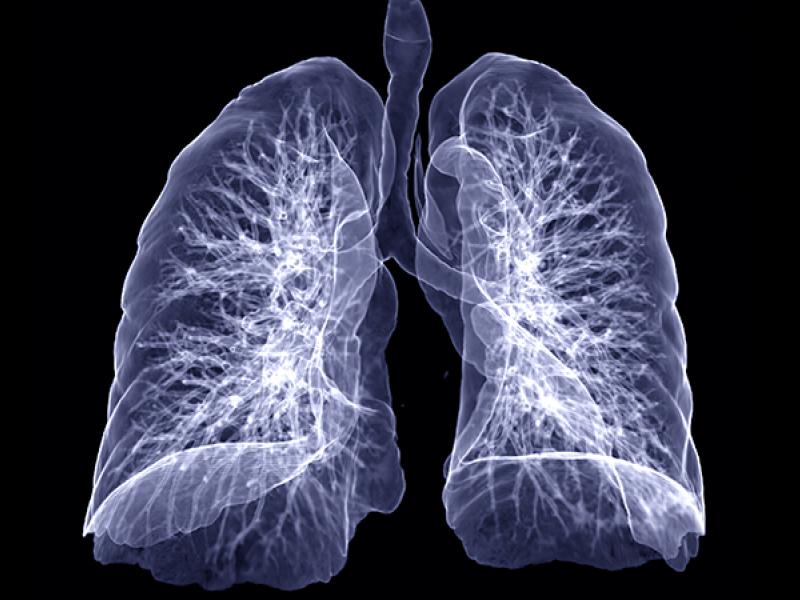The University of Missouri Surgical Critical Care curriculum is focused on the development, advancement and mastery of core surgical concepts – both in the abstract and physical environment.

Learners will embark on a lifetime of dedication to science and personal betterment by immersing themselves in the surgical realm. Curricula are guides to focus young minds, but true learning only occurs when the learner is actively engaged in his or her own education. For that to occur, it takes dedication to developing one’s mind to not only think like a surgeon, but also to act like one.
We teach learners to think through problems logically, swiftly and definitively. Our curriculum inspires learners to approach their educational efforts in a way that promotes active problem solving. We expect trainees to delve into the problem, reading actively and developing a few, well-reasoned plans of action. The goal is not to develop a long differential or pages of possible plans, but rather to develop a plan, and a back-up plan.
We teach through traditional methods dating back thousands of years. The Socratic Method capitalizes upon curiosity and excitement to create an environment of inquiry that promotes analytical and creative thought. While these two seemingly competing processes – analytics and creativity – may differ in their approach, both are necessary to nurture and grow the young surgeon to the point of confidence and competence. As faculty, we question trainees in order to ignite the right and left brain to work in harmony, deducing answers to questions that often have no single correct solution.
Our methodology extends from formal lecture environments, to group discussion, to microteaching sessions during bedside patient evaluation. Lectures are rarely a single person dictating knowledge to the group. Engaging group discussions promote thought processes. Bedside teaching is typically focused, again with directed questioning, on the patient in the room. With the patient present the virtual becomes reality and even minor complications became major difficulties to the patient at hand. The variety of educational content delivery methods promote specific aspects of thought and grow the student into a surgeon.





